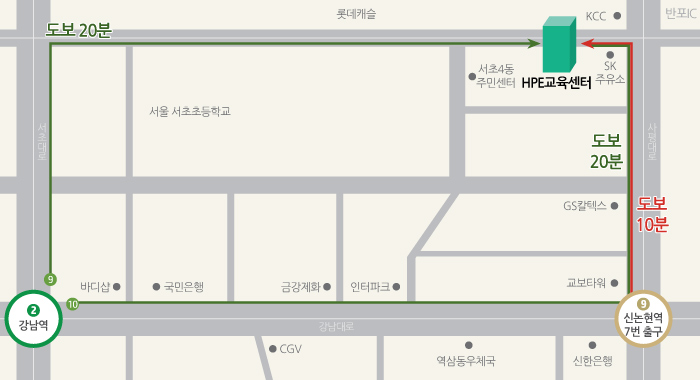VMware > VMware vSAN
VMware vSAN: Troubleshooting [V7]
- 강의기간
-
교육 시작일 후 2일
- 난이도
- 중급
- 수강일
- 2일, 09:30~17:30
- 수강료
-
1,200,000원
KRW (KR)
- 환급
-
비환급과정
※ 비환급과정(면세) 입니다.
- 과목코드
- H9TF7S
| ※ 본 과정을 신청하는 경우 한국 교육서비스의 Terms&Conditions 에 동의하는 것으로 간주합니다. |
| 과정소개 |
In this course, you focus on the tools and skills necessary to troubleshoot VMware vSAN™ 7 implementations. You gain practical experience with vSAN troubleshooting concepts through the completion of instructor-led activities and handson lab exercises. By the end of the course, you should be able to meet the following objectives: - Describe the software components of vSAN and their roles
- Diagram how the components relate to each other
- Use Skyline Health to investigate and help determine failure conditions
- Use the command line tools to help determine failure conditions
|
| 수강대상 |
- Storage and virtual infrastructure administrators who want to use software defined storage with vSAN
|
| 교육내용 |
Course Introduction - Introductions and course logistics
- Course objectives
vSAN Architecture - Describe the vSAN architecture and components
- Describe the policy-driven, object-based vSAN storage environment
- Describe the vSAN software components: CLOM, DOM, LSOM, CMMDS, and RDT
- Explain the relationships between the vSAN software components
- Explain the relationship between objects and components
- Determine how specific storage policies affect components
- Describe component placement
Troubleshooting Methodology - Use a structured approach to solve configuration and operational problems
- Apply troubleshooting methodology to logically diagnose faults and optimize troubleshooting efficiency
Troubleshooting Tools - Discuss the improvements and added capabilities in Skyline Health for vSAN
- Use Skyline Health for vSAN to identify and correct issues in vSAN
- Discuss the ways to run various command line tools
- Discuss the ways to access VMware vSphere® ESXi™ Shell
- Use commands to view, configure, and manage your vSphere environment
- Discuss the esxcli vsan namespace commands
- Discuss when to use Ruby vSphere Console (RVC) commands
- Explain which log files are useful for vSAN troubleshooting
- Use log files to help troubleshoot vSAN problems
|
| 선수과목 |
You must complete one of the following prerequisites: - Understanding of concepts presented in the HM9P6S: VMware vSphere®: Install, Configure, Manage [V7.0] course
- Completion of the H0DR5S: VMware vSAN: Deploy and Manage [V6.7] course, or equivalent experience with vSAN
- Experience working with command-line interfaces
Before enrolling, the course presumes that a student can perform the following tasks with no assistance or guidance: - Use VMware vSphere Client for common operations
- Create and manage VMware vCenter Server® objects, such as data centers, clusters, hosts, and virtual machines
- Create and modify a standard switch
- Modify a distributed switch
- Create a VMware vSphere VMFS datastore
- Use a wizard or a template to create a virtual machine
- Migrate a virtual machine with VMware vSphere® vMotion® and VMware vSphere® Storage vMotion
If you cannot complete all of these tasks, VMware recommends that you complete the VMware vSphere: Install, Configure, Manage and VMware vSAN: Deploy and Manage courses before enrolling in VMware vSAN: Troubleshooting.
|
| 다음과목 |
|

- 교육장
- 서울 한국HPE 강남교육센터
- 강의장
- 미지정
- 주소
- 서울 서초구 서초동 1302-2 대지프라자 6층
- 전화
- 1661-9080
- 팩스
- 02-3470-2200
- 주차
-
불가능
- 안내
-
- 9호선 신논현역 7번 출구 50M 직진, SK주유소에서 좌회전 후 30M 전방 도미노피자 건물 6F
- 2호선 강남역 9번 출구
시내버스 : 146, 341
마을버스 : 11 {삼호아파트 하차 (2 정거장)}
도보 : 강남역에서 20분 거리
* 주차불가